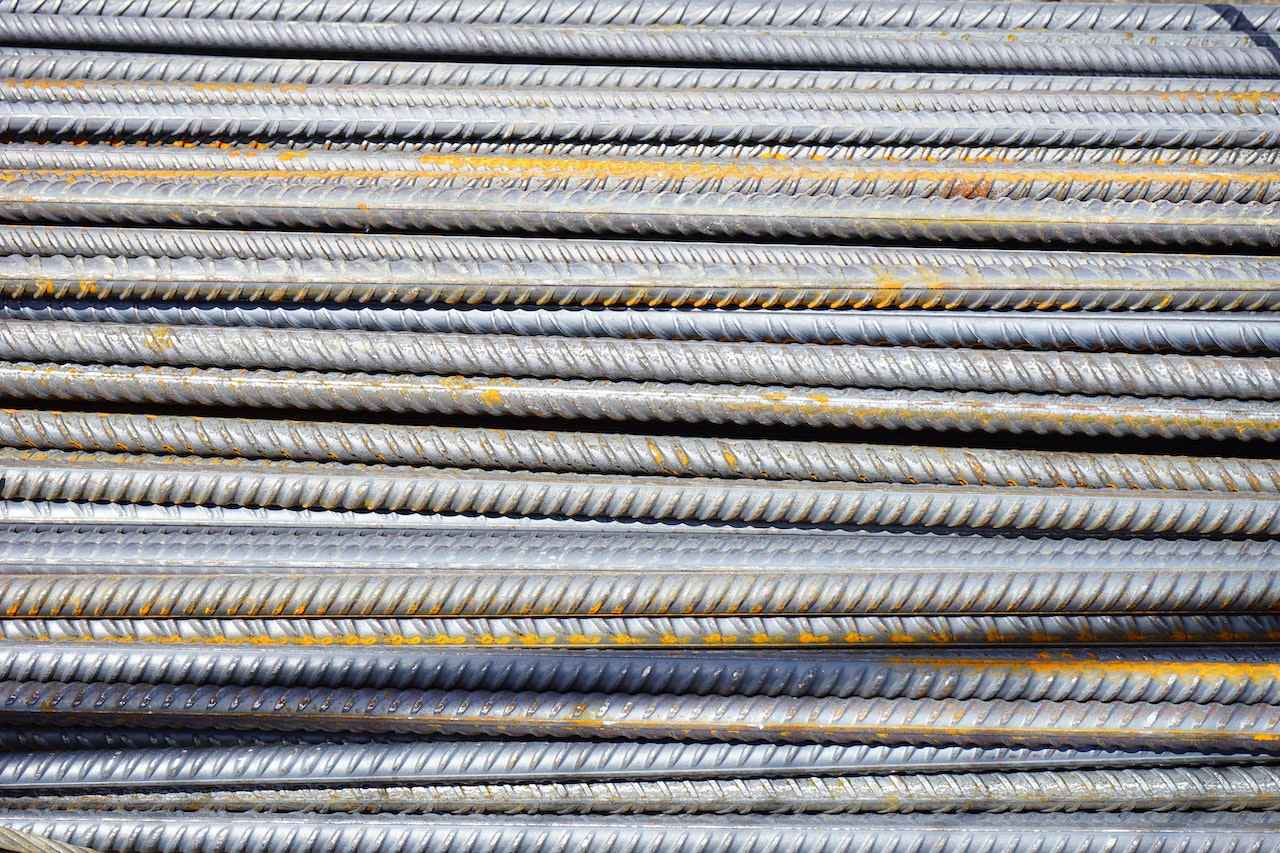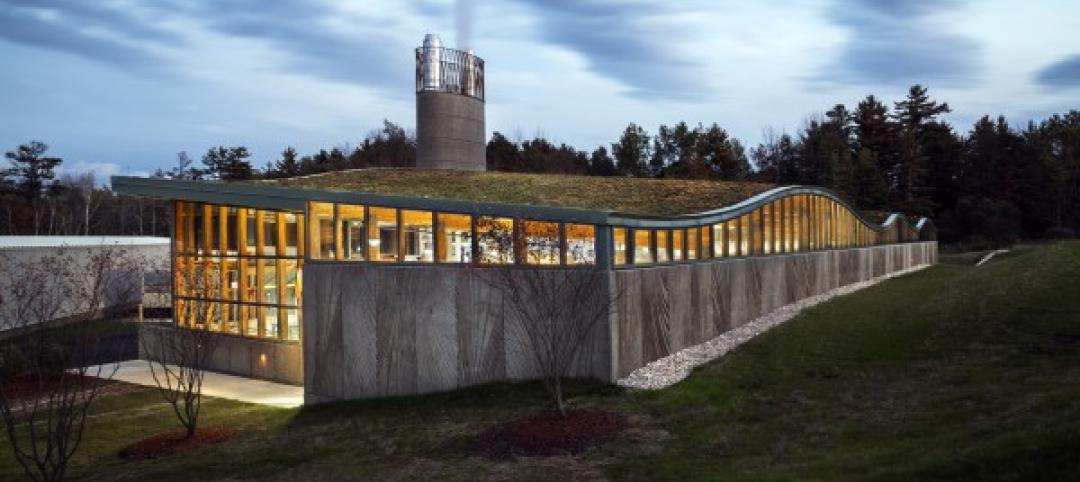Construction input prices fell 0.6% in May compared to the previous month, according to an Associated Builders and Contractors analysis of the U.S. Bureau of Labor Statistics’ Producer Price Index data. Nonresidential construction input prices declined 0.5% for the month.
Overall construction input prices are 3.7% lower than a year ago. Nonresidential construction input prices are 3.4% lower. Prices declined in all three energy subcategories. Crude petroleum prices were down 10.2% in May, while unprocessed energy materials were down 7.8%. Natural gas prices fell 2.0% for the month.
“The headline numbers suggest broad-based deflation in construction materials prices,” said ABC Chief Economist Anirban Basu. “But the declines in input prices are less broad than meets the eye. Much of the deflation is tied to energy, steel and softwood lumber.
“Beyond those spheres, there is plenty of input price inflation,” said Basu. “For instance, concrete prices increased 1.1% for the month and more than 12% for the year. The price of construction machinery and equipment rose marginally for the month and is up more than 9% over the past year. Prices for brick and structural clay tile as well as adhesives and sealants are also up more than 9% over the past 12 months. In short, there are still supply chain challenges, but a weakening global economy has helped place downward pressure on several traded commodities. With so many public and private megaprojects under development in the United States, it is likely that many input price categories will continue to show inflationary tendencies even if the overall economy dips into recession.”
Related Stories
| Mar 21, 2014
Forget wood skyscrapers - Check out these stunning bamboo high-rise concepts [slideshow]
The Singapore Bamboo Skyscraper competition invited design teams to explore the possibilities of using bamboo as the dominant material in a high-rise project for the Singapore skyline.
| Mar 20, 2014
Common EIFS failures, and how to prevent them
Poor workmanship, impact damage, building movement, and incompatible or unsound substrate are among the major culprits of EIFS problems.
| Mar 20, 2014
13 dazzling wood building designs [slideshow]
From bold structural glulam designs to striking textured wall and ceiling schemes, these award-winning building projects showcase the design possibilities using wood.
| Mar 19, 2014
Federal agency gives thumbs up to tall wood buildings
USDA's support for wood projects includes training for AEC professionals and a wood high-rise design competition, to launch later this year.
| Mar 17, 2014
Rem Koolhaas explains China's plans for its 'ghost cities'
China's goal, according to Koolhaas, is to de-incentivize migration into already overcrowded cities.
| Mar 12, 2014
14 new ideas for doors and door hardware
From a high-tech classroom lockdown system to an impact-resistant wide-stile door line, BD+C editors present a collection of door and door hardware innovations.
| Mar 10, 2014
Meet Tally – the Revit app that calculates the environmental impact of building materials
Tally provides AEC professionals with insight into how materials-related decisions made during design influence a building’s overall ecological footprint.
| Mar 5, 2014
5 tile design trends for 2014
Beveled, geometric, and high-tech patterns are among the hot ceramic tile trends, say tile design experts.
| Mar 4, 2014
How EIFS came to America
Design experts from Hoffmann Architects offer a brief history of exterior insulation and finish systems in the U.S.
| Feb 27, 2014
12 facts about heat-treated glass: Why stronger isn’t always better
Glass is heat-treated for two reasons: the first is to increase its strength to resist external stresses such as wind and snow loads, or thermal loads caused by the sun’s energy. The second is to temper glass so that it meets safety glazing requirements defined by applicable codes or federal standards.

















